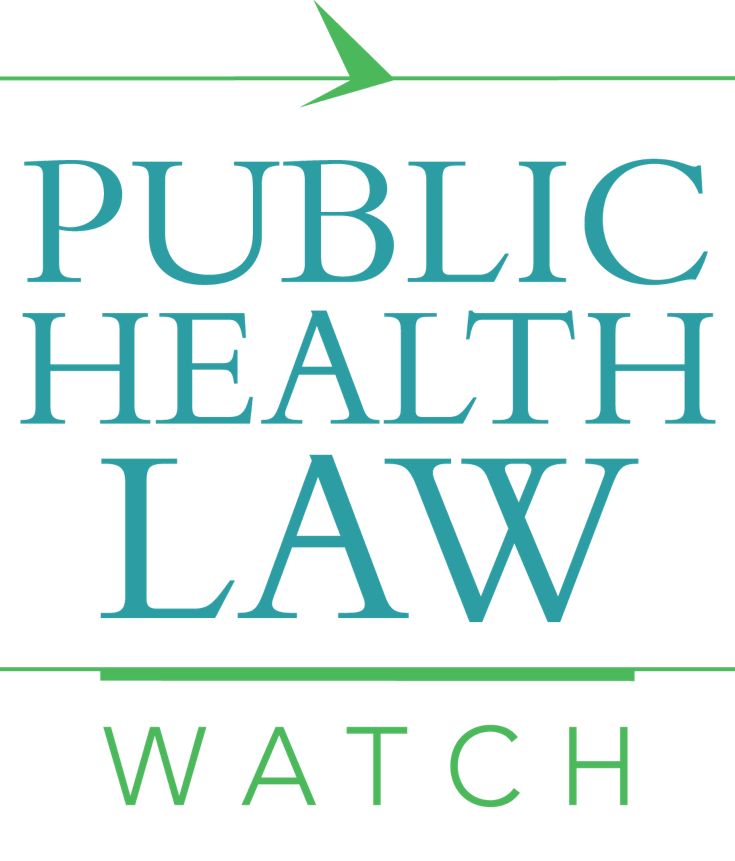August 8, 2025
This newsletter updates some cases we’ve covered in past newsletters as well as notes about some new cases. If you would like to read all of our past newsletters, please access the newsletter archive on our website here.
Both American Public Health Association et al v. National Institutes of Health et al (Docket No. 1:25-cv-10787) and Commonwealth of Massachusetts et al v. Kennedy et al (Docket No. 1:25-cv-10814) involved challenges to the National Institutes of Health (NIH)’s termination of certain research grants after President Trump released three Executive Orders (EOs) earlier this year. These EOs mainly targeted research involving Diversity, Equity, and Inclusion (DEI) and LGTBQ+-related issues. In both cases, the Plaintiffs argued that the grant terminations violated the Administrative Procedure Act (APA), the separation of powers, and were void for vagueness under the Fifth Amendment. Our newsletter reviewing both of these cases in more detail can be found here.
In summary, in both cases, federal district court Judge William Young ruled that the grant terminations were arbitrary and capricious in violation of the APA and granted the Plaintiffs declaratory relief. The government then appealed Judge Young’s refusal to stay his order to the First Circuit. On July 18th, a panel of the First Circuit upheld Judge Young’s decision, finding the NIH grant cancellations arbitrary and capricious in violation of the APA. In their opinion, the panel agreed with Judge Young’s reasoning that the government’s actions were “‘breathtakingly arbitrary and capricious’ because of the disconnect between the decisions made and the rationale provided.” They concluded by denying the Defendant’s motion to stay.
Since then, the federal government has sought emergency relief from the Supreme Court’s “shadow docket.” In support of its petition, the government has argued that the district court lacked jurisdiction, based on the Supreme Court’s decision in Department of Education v. California, which ruled that the district court lacked jurisdiction in a challenge to the termination of other grants under the Tucker Act, which “grants the Court of Federal Claims jurisdiction over suits based on ‘any express or implied contract with the United States.’” We previously discussed Department of Education v. California here. A decision by the Supreme Court is expected imminently.
In Health Freedom Defense Fund. Inc., et al v. Alberto Carvalho, et al (Docket No. 22-55908), the Plaintiffs challenged the Los Angeles Unified School District (LAUSD)’s vaccination policy, which required all employees of the school district to be fully vaccinated, including against COVID-19. Plaintiffs argued that the vaccine mandate violated the 14th Amendment’s Due Process and Equal Protection Clauses by infringing on the fundamental right to bodily integrity and the right to refuse medical treatment. They also tried to distinguish the Supreme Court’s leading vaccination case, Jacobson v. Massachusetts (1905), by arguing that Jacobson allowed states to mandate vaccines to protect the public’s health, but COVID vaccines do not protect public health because they do not fully prevent the transmission of the disease. According to the Plaintiffs, the vaccines should be considered as a form of medical treatment, rather than as a type of vaccination.
The federal district court dismissed the lawsuit. In June 2024, a three-judge panel of the Ninth Circuit agreed with the Plaintiffs’ arguments regarding Jacobson and vacated the district court’s dismissal order. LAUSD then filed a petition for the Ninth Circuit to rehear the case en banc (a panel consisting of all active judges in the Ninth Circuit), which the circuit granted. On July 30th, the Ninth Circuit, in an 8-3 decision, found that the LAUSD vaccine mandate was constitutional. According to the majority, the mandate could survive rational basis review, as required by Jacobson, because “reasonable decisionmakers” could have rationally concluded that the vaccine mandate would protect the health of their employees and students. The court also ruled that the case was not moot, even though the policy had been rescinded.
In Doescher et al v. Pan et al (Docket No. 2:23-cv-02995) a federal district court judge in the Eastern District of California dismissed a challenge to SB 277, a California law that removed personal belief exemptions from school-based vaccine mandates. In this case, which was brought by A Voice for Choice, an organization representing multiple parents of school-age children, Plaintiffs argued that by ending personal belief exemptions, SB 277 violates the First Amendment’s Free Exercise Clause. On June 17th, the district court concluded that SB 277 does not violate the Free Exercise Clause, citing the reasoning from Jacobson (mentioned above). The court added that “a state’s efforts to protect public health and safety might intrude on the preferences of an individual person” as “liberty secured by the Constitution of the United States to every person within its jurisdiction does not import an absolute right in each person to be, at all times in all circumstances, wholly freed from restraint.” Additionally, the court reasoned that the law is neutral toward religion, generally applicable, and rationally related to a legitimate government purpose, thus, meeting the rational basis review standard. For other newsletters discussing challenges to school vaccine mandates in California see here as well as our archive. The Defendants have appealed this ruling to the Ninth Circuit.
This will be our last newsletter for this month as we are taking a break, but we will return with more litigation updates in September. We look forward to seeing you then.

